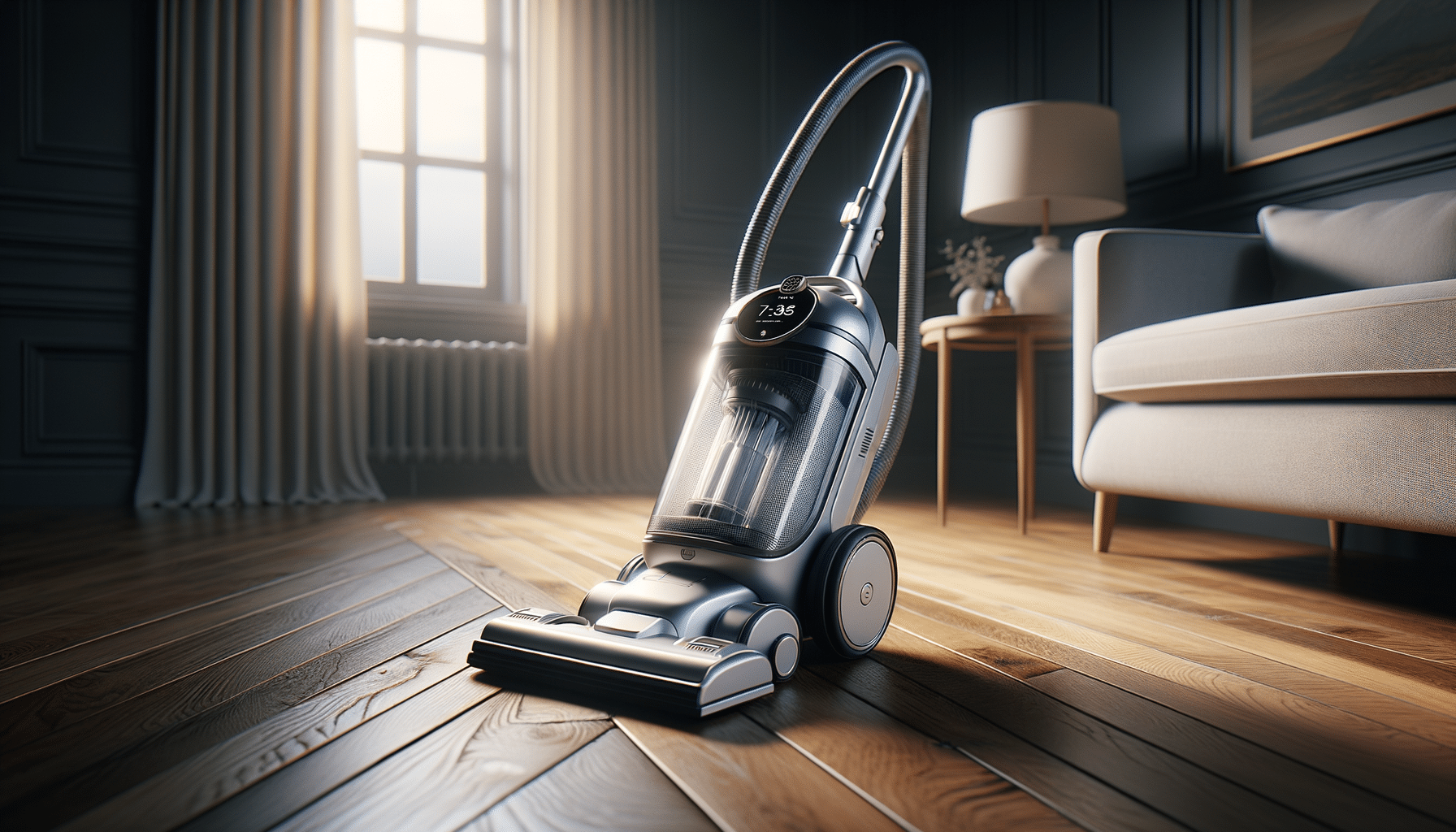
Creating Eco-Friendly Beads from Recycled Paper
Crafting can be both a creative outlet and a sustainable practice, especially when we repurpose materials that would otherwise end up in landfills. One inspiring way to combine artistry with eco-consciousness is by creating beads from recycled paper, transforming old magazines, newspapers, and other paper wastes into beautiful, wearable art.
Creating eco-friendly beads from recycled paper is not only a fun craft but also an impactful way to contribute to environmental sustainability. According to a report by the Environmental Protection Agency, paper and paperboard make up the largest portion of municipal solid waste in the United States, accounting for 23% of total waste generation. By repurposing this material, we can reduce waste and create unique jewelry pieces.
Why Choose Recycled Paper Beads?
Paper beads are a fantastic option for environmentally conscious crafters. Not only do they help reduce waste, but they also offer endless design possibilities. As eco-crafting expert, Lisa M. Bennett, suggests, “Using recycled paper for crafting not only minimizes waste but also allows for creative expression through diverse textures and colors.”
Getting Started: Materials and Tools
To create paper beads, you will need:
- Old magazines, newspapers, or other paper scraps
- Scissors or a paper cutter
- Glue (preferably non-toxic)
- Toothpicks or bamboo skewers
- A sealant or varnish for durability
These simple materials are often already available at home, making it an accessible activity for everyone.
Step-by-Step Guide to Making Paper Beads
- Cut the Paper: Start by cutting the paper into long, triangular strips. The width of the base will determine the bead’s size.
- Roll the Strips: Using a toothpick or skewer, roll the paper from the base to the tip, applying glue along the way to secure the roll.
- Seal the Beads: Once rolled, coat the bead with a sealant to ensure it is durable and water-resistant.
Eco-Friendly Crafting: More Than Just Beads
Making beads from recycled paper is just the beginning. These beads can be strung together to create necklaces, bracelets, and even decor items like curtains or chandeliers. The possibilities are as vast as your imagination.
Comparison of Bead Materials
| Material | Environmental Impact | Durability | Cost |
|---|---|---|---|
| Recycled Paper | Low | Moderate | Low |
| Plastic | High | High | Moderate |
| Glass | Moderate | High | High |
| Wood | Low | High | Moderate |
Frequently Asked Questions
Are paper beads waterproof?
While paper beads are not inherently waterproof, applying a sealant can protect them from moisture.
How can I make my paper beads more durable?
Using a strong sealant or varnish after forming the beads will enhance their longevity and resistance to wear.
Can I use any type of paper for making beads?
Yes, magazines, newspapers, and even gift wraps can be used. Each type of paper will give a unique texture and color.
Conclusion
Incorporating recycled paper beads into your crafting projects is a rewarding way to practice sustainability while exploring your creative side. By following these steps and tips, you can create unique pieces that not only look beautiful but also contribute positively to the environment. Why not start your eco-friendly crafting journey today and see where your creativity takes you?


